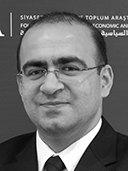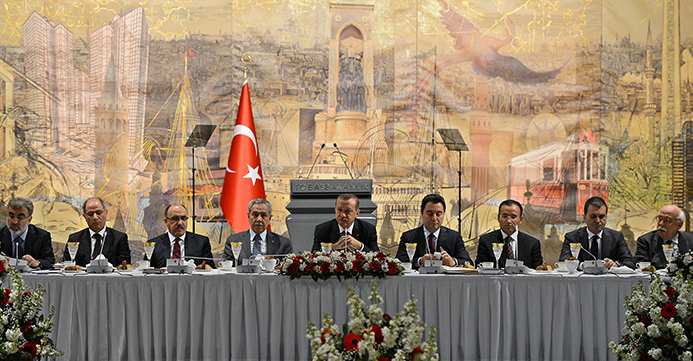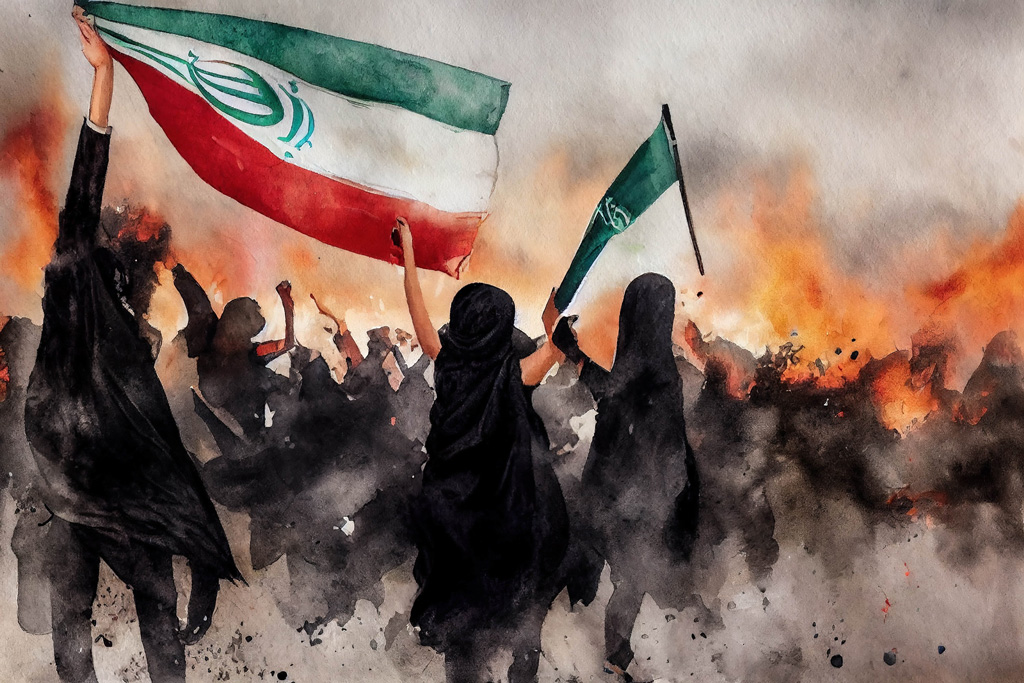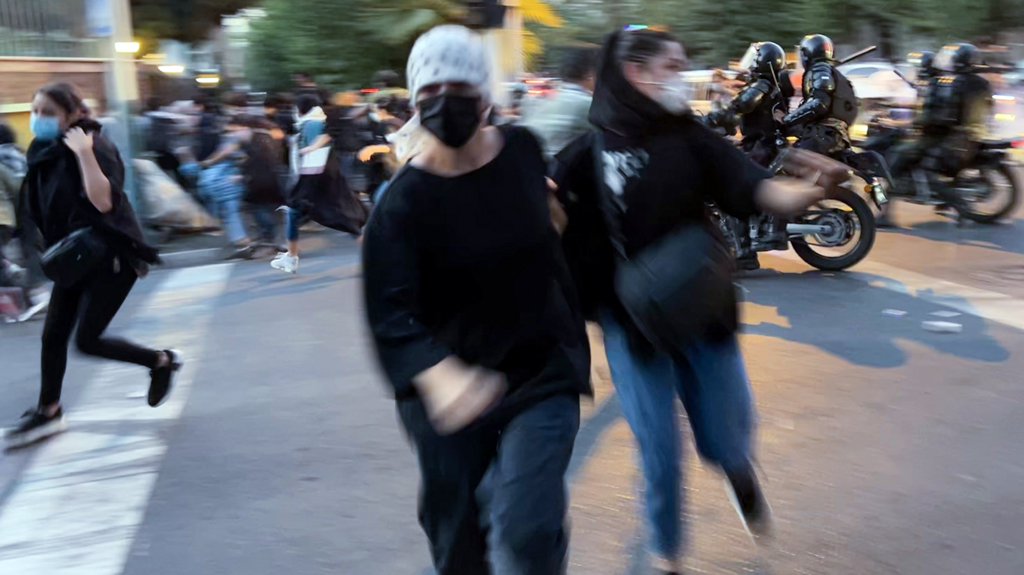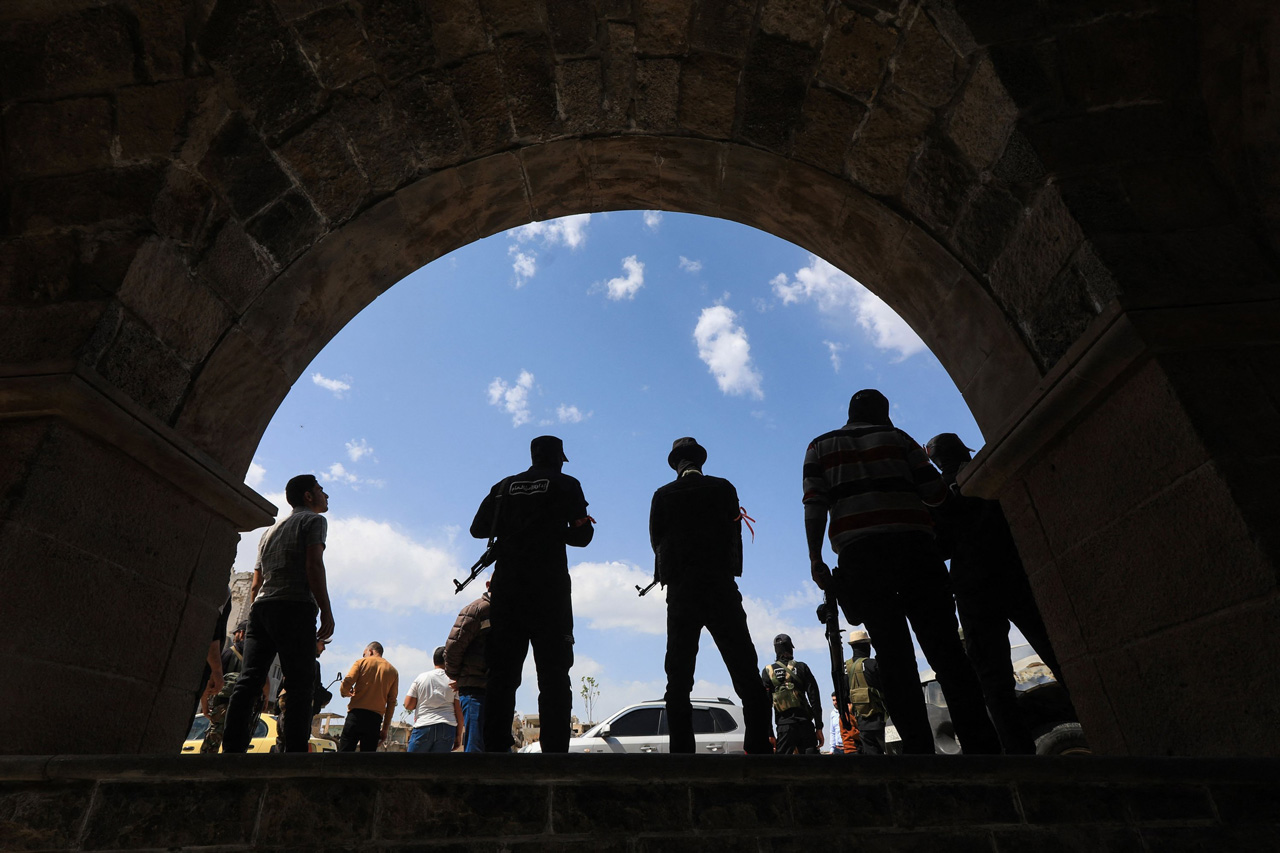On Dec. 17, 2013, Turkey was confronted with a corruption investigation that turned the political agenda upside down. There had been corruption investigations in the past. In fact, there had been corruption investigations instigated by the Justice and Development Party (AK Party) itself. For instance, a few years back, there was the broad investigation into the Energy Ministry. There had also been numerous corruption investigations into municipalities – governed both by the AK Party and other political parties. Why didn’t those investigations attract as much attention as the Dec. 17 investigation?
First of all, the Dec. 17 investigation was made to appear much bigger than it actually is by merging a bunch of unrelated cases into one alleged corruption case. Second, ongoing investigations with varying start dates were merged to make the investigation appear to have a longer history than it does. Third, the implication of the children of Cabinet members in the investigation made the case a high-profile one. Fourth, the implications of dealings with Iran attracted the attention of the United States and the West because of the sanctions. As such, the operation became the subject of international interest.
Fifth, it was apparent both to Turkish and the international media that this was no ordinary corruption case. The perception that members of the Gülen group within the ranks of the police force and the judiciary had something to do with the launching of this investigation was palpable. Sixth, the fact that an investigation of this magnitude could be executed by a few members of law enforcement and the judiciary without informing any particular division of the police force or any office of the judiciary did not go unnoticed. Most importantly, seventh, the fact that the police-judiciary joint operation was conducted right before the 2014 local elections when, in fact, the investigation had been completed months before reeked of political engineering.
Since the court put a gag order on the proceedings of the investigation, it’s impossible to produce a reasonable account of the alleged corruption. What is the actual corruption? What is the alleged crime? What is the damage to the public as a result of this case? All these questions are going unanswered.
The only thing we have at hand are some images of the operation given by the joint police-judiciary task force to the media outlets that are in the service of the Gülen movement and the Kemalists. It is evident that any perception of corruption is created by these media stories.
Nevertheless, even the media outlets that appear to be 100 percent sure there was corruption are having a hard time explaining what exactly that corruption entails. Yet, this does not stop them from claiming corruption in the amount of 100 billion dollars when Turkey’s investment budget last year was only 40 billion dollars. This claim is just as incoherent as the claim that there had been no corruption. The issue here is not one of corruption. The real issue here is the fact that the police officers and the prosecutors, whose duty it is to bring the perpetrators of any crime, say bribery, to justice, waited months before acting on their knowledge about crimes of this scale.
There was one fact that became evident on Dec. 17 –there are certain members of the law enforcement and the judiciary who chose to sit on the knowledge of criminal activity instead of catching those involved immediately. Corruption, at worst, taints politics and causes political parties to lose part of their constituency. Police officers and public officials who plot against their own citizens, on the other hand, are conducting an outright assassination of legitimate politics in the country.
[Hürriyet Daily News, January 3, 2014]
